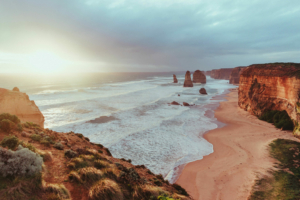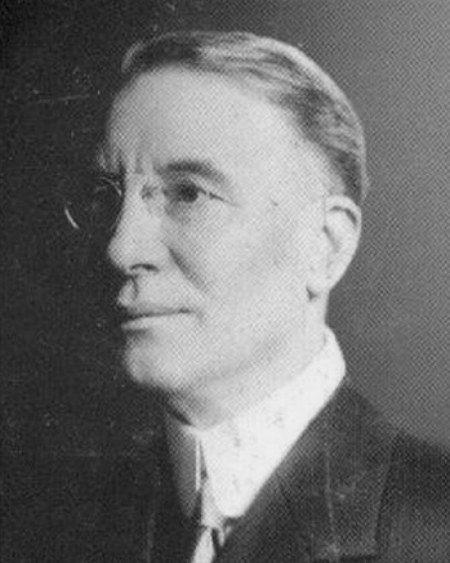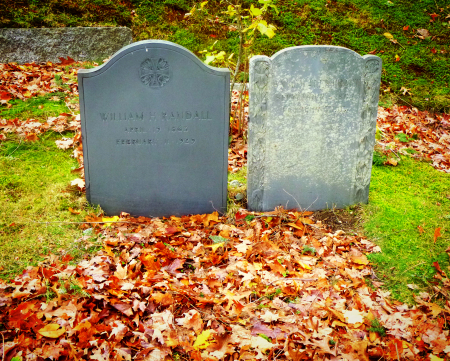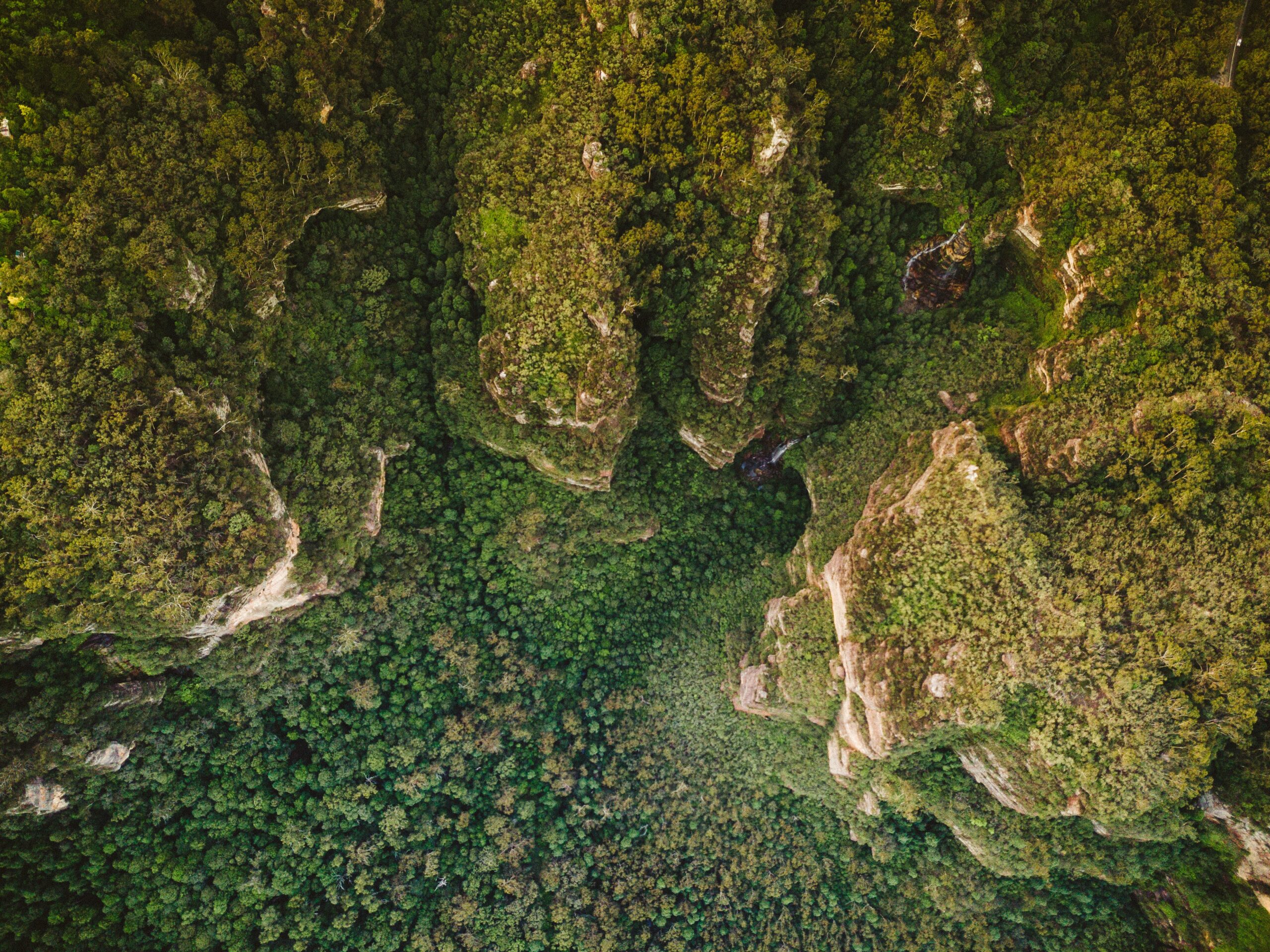Highlighting Australia
- As a proudly Australian initiative, we’re excited to showcase a collection of Australian stories, music, tributes and more.

Join activities, celebrations, study groups, spiritual empowerment and education programs for young people, and more.
Baha’i beliefs address essential spiritual themes for humanity’s collective and individual advancement. Learn more about these and more.

Featured in: Day of the Covenant
In His Will, Baha’u’llah instructed all to turn to His eldest Son, Abdu’l-Baha, not only as the authorized interpreter of the Baha’i Writings but also as the perfect exemplar of the Baha’i Faith’s spirit and teachings. Every year Baha’is celebrate Abdu’l-Baha as the Centre of Baha’u’llah Covenant.

Immediately after my plane touched down in Boston, my host whisked me away in her car with a promise that I would love our destination.
We did not head towards the recognised highlights of the city such as the historic Boston Common or Harvard University or the John F. Kennedy Presidential Library and Museum.
We drove instead to the historic suburb of Medford and arrived at a cemetery where, amidst the golden autumn leaves, was the simple grey slate headstone of William Henry (Harry) Randall (1863-1929).
To the outer world Harry Randall was a multi-millionaire Boston businessman who later lost his fortune.
To the Baha’i community Harry Randall is a true hero of the Faith, one loved by Abdu’l-Baha and Shoghi Effendi.
In fact, he achieved such a station that, after Harry’s death, Shoghi Effendi named him one of the 19 Disciples of Abdu’l-Baha, a “Herald of the Covenant”.1
Harry was known as an outstanding public speaker, a generous donor, a true scholar of the Faith — he read and studied the Kitab-i-Iqan more than 20 times – and a person with an astounding memory, one he had developed through practice.
He had worked his way up from office boy to become president of four shipping companies. One of his partners was the billionaire John D. Rockefeller. Even before Harry had reached the pinnacle of his wealth, he had a large home with six servants, limousines, and enough money to do what he willed.
Harry was a tall man, with reddish hair and freckles, a great sense of humour and interests ranging from music to sports to gourmet cheese to stamp collecting. Around others of lesser intellectual ability and career accomplishment he could seem somewhat daunting.
But one day in 1911 the phone rang in his affluent home and his life changed forever. To please the neighbour who called, he accepted her invitation and attended a Baha’i meeting. His interest developed with the help of a former Harvard classmate, Harlan Ober, who was already a Baha’i. Mr Ober discovered that Harry had already worked out for himself an understanding of the Baha’i teaching of progressive revelation.2
In May 1912, Abdu’l-Baha arrived in Boston, and Harry rather reluctantly agreed to meet Him. The effect of the Master upon this intuitive soul was like a slow-burning spiritual explosion.
At his first one-on-one meeting, the Master remained silent for a long time with His eyes closed. Harry, not used to being kept waiting, experienced an uncomfortable prickling sensation as he became more and more angry. Eventually, he conquered his impatience and the prickling went away. Abdu’l-Baha opened His eyes and among the words He spoke to Harry were:
“Great is the power of the intellect but it is dead without love.”3
As Harry said later in a talk, love seemed to radiate from the very words the Master spoke. “Abdul-Baha was what he talked about,” he said. The Master visited Harry’s home in Medford where His impact on Harry’s wife, Ruth, was profound and she too became a Baha’i.
So deeply did Harry learn the lesson of humility and love from Abdu’l-Baha that in later years he would withdraw from any discussion when there was bitter disagreement and although he was the target of vicious personal attacks and business treachery, he never sought retribution of any sort.
In August 1913, more than a year after first meeting Abdu’l-Baha, Harry became a Baha’i at the Green Acre property in Maine, praying in the very room where the Master had stayed. Harry Randall was to have a connection with that beautiful riverside property for the rest of his life.
In 1919, with his wife, Ruth, and daughter Margaret (later Bahiyyih Randall-Winckler), Harry went on pilgrimage and spent much time with Abdu’l-Baha and Shoghi Effendi, asking questions and seeking guidance about his service as a Baha’i. The extensive pilgrim notes he took, now available to posterity, were attested as correct by the future Guardian.4
The guidance he received was important for the future development of Baha’i administration and teaching in North America. After he returned he continued service on Baha’i Temple Unity, the precursor to the National Spiritual Assembly of the Baha’is of the United States and Canada.
He proved a superb organiser, an expert in the raising and stewardship of donations, and he was an extremely generous donor himself. As chairman of the national teaching committee, he played a leading role in spreading the Faith in the United States, and he personally funded much of the Baha’i literature, such as the first volume of Abdu’l-Baha’s talks in America and the books and other materials that Martha Root took with her on her overseas teaching trips.
During his pilgrimage, Harry also received guidance on his connection with Green Acre. As the years moved on, that proved vital. The property was to come under the control of the Baha’i community and remain there, despite troublesome, unjust attacks. In fact without the business and personal skills of Harry, and his great generosity, it could easily have been lost to the Faith forever.
It was while the Randalls were on that pilgrimage that his wife, Ruth, offered on behalf of the couple to fund a Western Pilgrim House, a proposal accepted by Abdu’l-Baha. They were to provide a significant portion of the money for this building, which many years later was to serve as the meeting place of the Universal House of Justice and later of the International Teaching Centre until their permanent seats were established on Mt Carmel.
Harry Randall’s personal supplication to Abdu’l-Baha near the conclusion of his pilgrimage was poignant: “I ask for an understanding heart and pure purpose to serve Thee.” The Master assured him that he would be assisted and confirmed. He called Harry “my spiritual associate…my participator and co-sharer”.5
He said to Harry:
“Many I love, some I have confidence in, but I both love you and have confidence in you.”6
After Harry returned to Boston, his partners tried to persuade him to join them in a venture that would make them all far richer than they already were but their proposal bordered on illegality. Harry said he did not want to be involved. The partners then asked him to greatly reduce his activity in the “Oriental cult” because they did not want their business to be associated with it.
Harry showed his integrity and removed himself from the businesses, a huge step because he was moving away from a guaranteed fortune and from his 38-year role in the shipping industry.
Eventually he invested all his savings into a business venture that involved a factory too expensive to insure. One day it burnt to the ground. His manager came to him and confessed that he had set it alight on orders from a business rival.
Harry had lost his fortune. He now had to learn to live frugally, and to accept the generosity of others. He not only maintained his service to the Faith but increased it.
His loving, spiritual character shone even more brightly, to the extent that Martha Root was to say: “Harry was great in prosperity, but even greater in adversity.”
After suffering arteriosclerosis and a stroke, Harry died when only 65-years-old.

Shoghi Effendi, who had become close to him during the 1919 pilgrimage, said he was grief-stricken on hearing the news of his “highly distinguished” co-worker. He asked for a “good portrait of dear Harry” for his personal study.7
There are many physical “memorials” to the great Harry Randall: the Western Pilgrim house, the Temple at Wilmette to which he contributed so generously, and “The Harry Randall Guest House” which opened at Green Acre in September 2010. But there is another memorial that is also fitting for the person who Abdu’l-Baha said had “eliminated his self in His Holiness, Baha’u’llah”.
Located not far from the place where the Master visited Harry in his Medford house, it is that simple, elegant grey headstone set in a golden carpet created by the fallen leaves on the green lawn.
"*" indicates required fields

We recognise their continuing connection to land, waters and community. We pay our respects to Aboriginal and Torres Strait Islander people and their cultures; and to elders both past and present.
The views expressed in our content reflect individual perspectives and do not represent authoritative views of the Baha’i Faith.

Visit the site of the
Australian Baha’i Community
and the Baha’i Faith Worldwide
Notifications
Very impressive and timely. Thanks.
F R Oskooi (November 11, 2015 at 8:09 PM)
This article could not have been written without the assistance of Leili Towfigh of Medford, Boston.
Michael Day (November 11, 2015 at 5:42 AM)
He is my Grandfather – As a very small boy, I remember him visiting with the family. My Grandson is named after him.
William Harry (Harry) Randall (December 12, 2015 at 7:12 PM)
My Great grandmother,Loulie Mathews refered to him as her cousin in her book “Not Every Sea Hath Pearls”. We have yet to find the connection.
Matt (Mathews) Bigbee (March 3, 2016 at 10:59 PM)
Could you tell us please the exact cemetery, because then I can make an entry for him on Find a Grave for this list we have of Disciples of Abdu’l-Baha. And, is the grave beside him of his wife Ruth, because she should have an entry as well.
Candace
Candace Hill (December 12, 2015 at 5:27 AM)